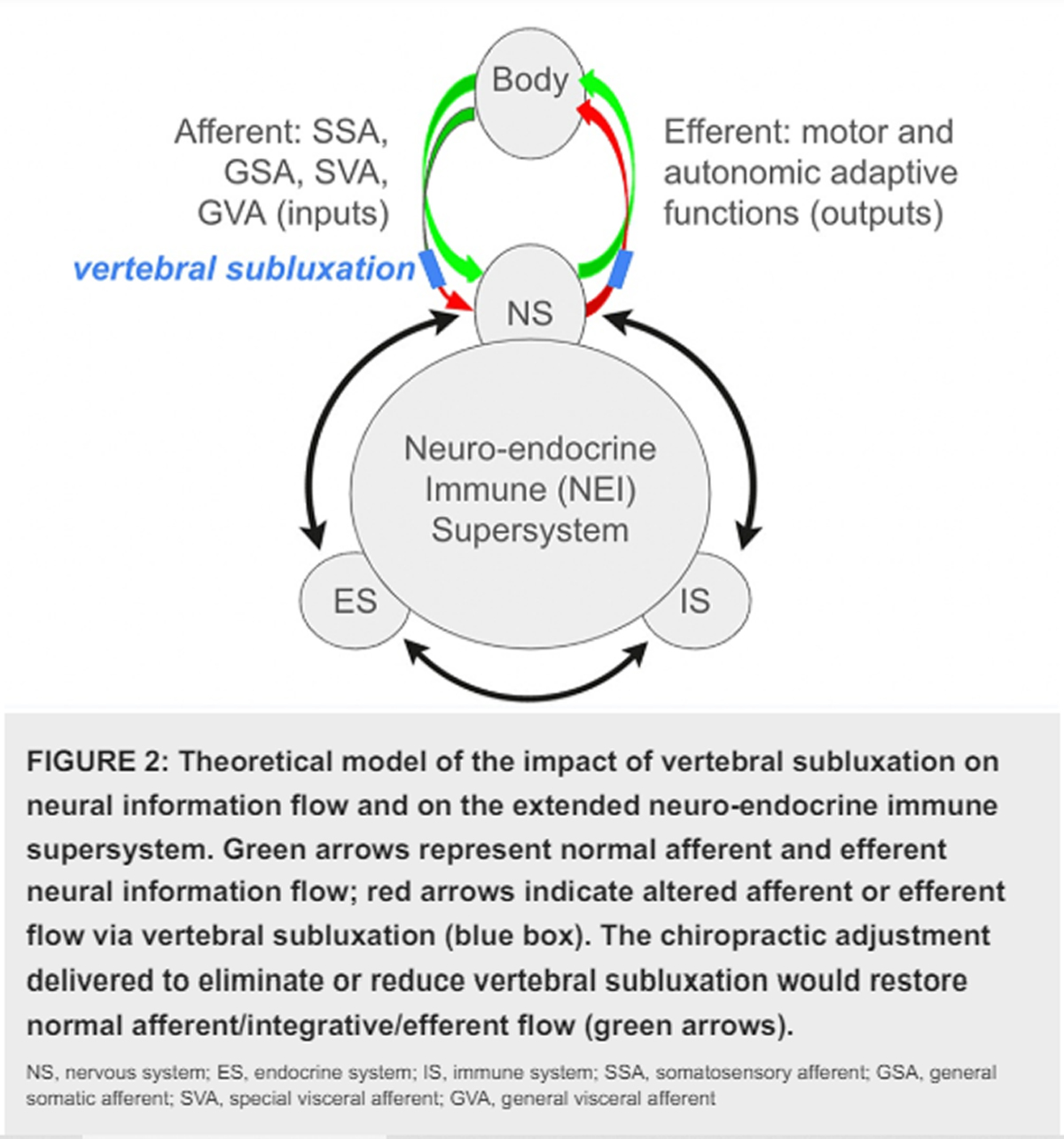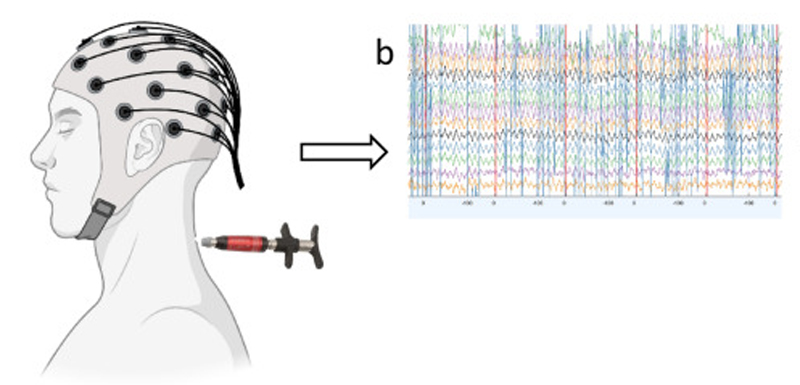General Causes and Potential Effects of the Subluxation Complex
We would all like to thank Dr. Richard C. Schafer, DC, PhD, FICC for his lifetime commitment to the profession. In the future we will continue to add materials from RC’s copyrighted books for your use.
This is Chapter 6 from RC’s best-selling book:
“Basic Principles of Chiropractic Neuroscience”
These materials are provided as a service to our profession. There is no charge for individuals to copy and file these materials. However, they cannot be sold or used in any group or commercial venture without written permission from ACAPress.
Chapter 6: General Causes and Potential Effects of the Subluxation Complex
This chapter reviews the concepts underlying chiropractic articular therapy, with emphasis placed on neurologic implications. General etiology, manifestations, terminology, pertinent anatomical features, and applications are described.
SPINAL SUBLUXATION: CAUSES AND EFFECTS
Until the last 2 decades, most evidence about the success of chiropractic adjustments on the correction of vertebral subluxations and their related functional disturbances was empiric. The gap between controlled research documentation and frequent clinical observation still exists, but it has greatly narrowed in recent years.
The greatest concern today is not is it effective but why is it effective and why is it effective in some cases but not in others that appear almost identical? Added to these can be the questions: what causes the positive effects in a specific body area that result from spinal adjustments that cannot be explained on an anatomical basis and what causes the indirect, far-reaching, diverse improvement in function so often witnessed?
It is widely recognized that the predisposition to dysfunction is created by definite combinations of internal nervous relations and not merely by an undermining of the general state of health. Present clinical state-of-the-art holds that any nerve point, including the peripheral nerve structures, may become the initiator of neurodystrophic processes and serve as a temporary or permanent originator of such processes.
Speransky stated: “…neurodystrophic processes are not confined to a limited sphere, they enter into the composition of all pathologic processes without exception, are not separable from them, and consequently, do not constitute and cannot constitute a separate chapter in pathology.” There is hardly a known function that can be realized without a change in the state of some organ, except possibly memory. Thus, the external manifestations of complex human nervous processes are extremely diverse.
General Causes of Spinal Subluxations
Several authorities describe the general causes of vertebral subluxations as including mechanical irritation, overt trauma (eg, blows, whiplash, lifting, falls, birth injuries), chronic spinal strain or sprain, somatosomatic and viscerosomatic reflexes, IVD protrusions and distortions, postural tension due to balance faults (eg, scoliosis, pregnancy, visceroptosis) and the stress of bipedism, chemical and toxic irritation, and psychologic or environmental stress all which may result in asymmetric muscle spasticity leading to articular malalignment and/or fixation. Susceptibility is thought to increase in states of chronic fatigue, anemia, erosive arthritides, systemic toxemia, and hereditary predisposition because of anomalous development.
Many spinal subluxations have more than one immediate cause and effect. For example, a developmental abnormality may be complicated by degenerative joint disease, retrograde changes, inflammation, or muscle splinting. The effects may be direct upon blood vessels and nerves, reflex in nature, etc. Therefore, a complicated and far-reaching series of interacting and interdependent changes occur that may be designated as a subluxation syndrome.
The extent of dysfunction of a bony segment within its articular bed may vary in effect from a microtrauma to one that is macroscopic and quite readily discernible. It is always attended to some degree by articular dysfunction, neurologic insult, and stressed muscles, tendons, and ligaments. Once produced, the lesion usually becomes a focus of sustained irritation from which a bombardment of impulses stream into the spinal cord where internuncial neurons receive and relay them to motor and/or sensory pathways. The muscular contraction that provoked the subluxation originally is thereby reinforced, thus perpetuating both the structural subluxation and the pathophysiologic processes involved.
Priority subluxations are often specific positional errors originating from alterations in the integrity of the paraspinal supporting tissues of the involved joint itself. As such, they are beyond the capacities of the muscular system to correct by its own functional adaptations.
Precipitating Factors of Spinal Subluxations
Vertebral subluxations may be either causes or effects, and the immediate causes may be divided into two major categories: the unequal or asymmetrical muscular efforts upon the joint structures and the inequality in the supporting tissues of a particular joint such as the cartilage, IVD, ligaments, etc. Some form of internal or external stress is usually necessary to produce a fixation to a degree sufficient to cause a state of dysfunction.
An inequality in muscular balance (ipsilateral weakness and compensatory contralateral contraction) may be initiated by:
(1) trauma,
(2) postural distortion phenomena,
(3) psychomotor responses,
(4) somatic and visceral responses, and
(5) paralytic effects.
Two other causes not previously described in previous chapters are:
(6) biochemical reactions and
(7) stress factors, both of which may overtly manifest biomechanically.
Typical examples would include those shown in Table 6.1.
Table 6.1. Precipitating Factors of Spinal Subluxations
| Review the complete Chapter (including sketches and Tables) at the ACAPress website |





This is such a comprehensive resource. Thank you…
Response:
Yes, RC was a blessing on the profession
Wonderful to read!